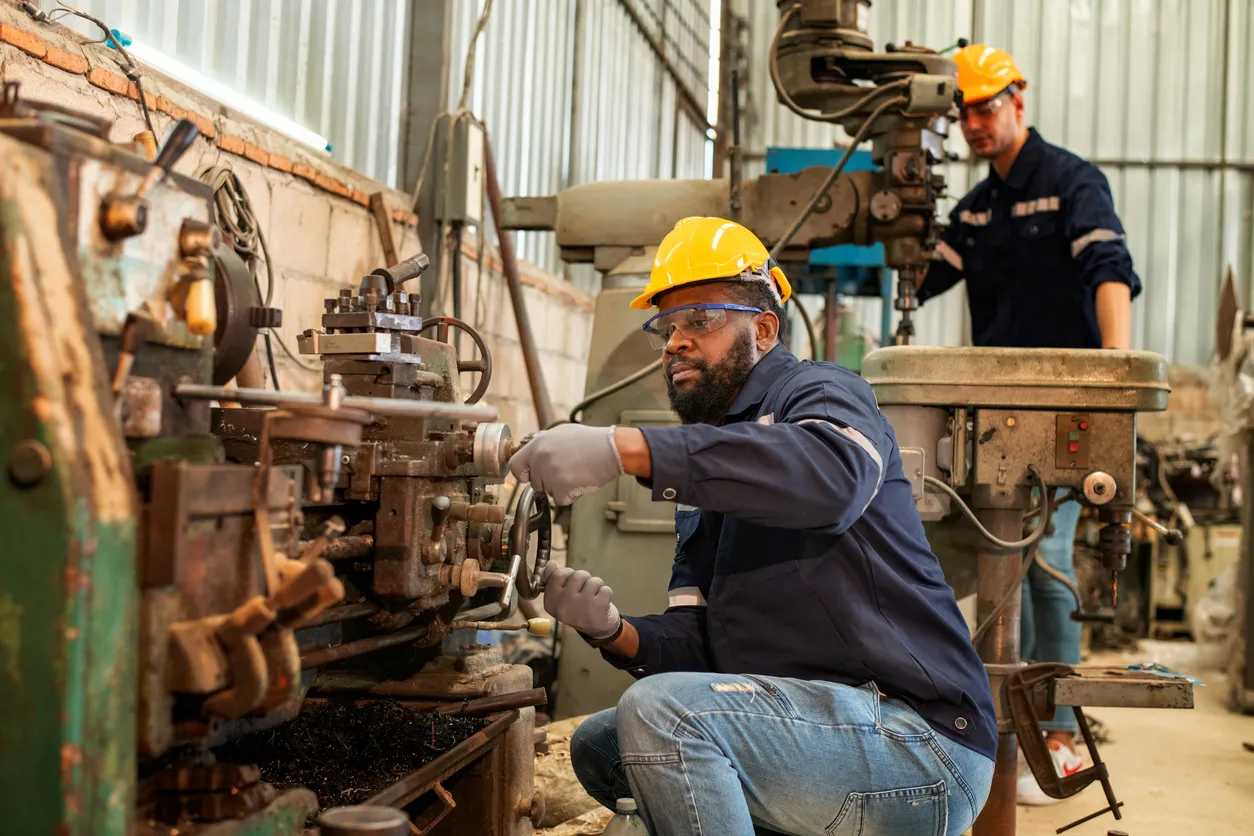Endorsements are the bane and the joy of every campaign. Based on the letter after your name, there are some that you expect, and some you know you won’t get. There are also surprises (“we got endorsed by THEM?”) and disappointments (“whaddya mean, they endorsed our opponent?!? He’s done all he can to fight them and what they stand for!”)
Then there is the endorsement process itself, which can seem confusing and arcane, even to the ones running for office. Some groups use a survey, some use an interview, and some apparently throw darts at names on a wall.
And with so many non-standard processes, sometimes seemingly hidden behind closed doors, there are often complaints about how things were done, as well as rumors and innuendo about why so-and-so got such-and-such endorsement. And of course, we’re talking about humans here, and even the best-intentioned people make mistakes.
Having heard some of the complaints, and having gone through it myself (I ran for office in 2014), I decided to reach out to both candidates and organizations to see if I could help make sense of things. In the end, I found what you might expect: most everyone trying to do the right thing, combined with both some slip-ups along the way and some politicking as well (imagine that).
Phase One – the Candidates
What got me started on this journey was one particular campaign manager venting to me about the endorsement process in their race. “These organizations endorsed so-and-so, and they never even contacted my candidate!”
That seemed unfair to me, so I did some more interviews across a number of races. Here’s what I was told. None of these candidates were endorsed by these organizations in their race.
Candidate A
C-Fair – Not contacted
KFTC – Not contacted
Better Schools Kentucky – Not contacted
Sierra Club – Not contacted
Planned Parenthood – Not contacted
GLCLC – Questionnaire, in-person interview
Candidate B
C-Fair – Interviewed
KFTC – Received questionnaire a few days before the June primary, didn’t respond
Better Schools Kentucky – Not contacted
Sierra Club – Not contacted
Planned Parenthood – Not contacted
GLCLC – Questionnaire, in-person interview
Candidate C
C-Fair – Contacted, decided not to complete application due to persons on board working with another candidate
KFTC – Questionnaire
Better Schools Kentucky – Not contacted
Sierra Club – Questionnaire
Planned Parenthood – Phone interview
GLCLC – Questionnaire, in-person interview
Candidate D
C-Fair – Interviewed
KFTC – Questionnaire
Better Schools Kentucky – Not contacted
Sierra Club – Not contacted
Planned Parenthood – Not contacted
GLCLC – Not contacted
The view from the organizations
After talking with the above candidates, I contacted some of the organizations to learn more about their endorsement process. (I couldn’t reach all of them.) Here’s what I found out.
C-FAIR
Chris Hartman was glad to share the process of the Fairness PAC. He said it’s been the same process for almost 30 years – as long as they have had a PAC.
The PAC has a board that is separate from the board for Fairness, with about 10 people on the board. Before the election, the board determines which races they are going to consider. They usually do all the local and state races in Louisville and Lexington, and maybe 1 or 2 others.
They get the lists of candidates from the Secretary of State and the county clerks, then mail a letter to each candidate at the home address listed on their filing application. The letter instructs the candidate to go online to fill out the C-FAIR questionnaire. (If the candidate was previously endorsed by C-FAIR, they are given a shortened questionnaire.) They have several weeks to fill out the questionnaire. The questionnaire is then used as a “first-cut” of the candidates in the races.
Each race is assigned to a board member of the PAC. That board member recruits volunteers to help with the candidate interviews. The same team of volunteers meets with all the candidates in a given race that. Those teams then make recommendations to the board, which then makes the final endorsement decisions.
In a follow-up email, Chris noted that any board members working with or actively supporting any of the candidate must recuse from the process and leave the room whenever that race comes up.
Because of ongoing complaints about not being contacted (“At least 10% of candidates claim they didn’t get their letter each year”), they have begun taking pictures of the envelopes before they go into the mail. Chris said that even though they have changed C-FAIR’s logo to be more obvious, he suspects many candidates throw the envelope away as junk mail.
When I asked whether C-FAIR followed the “friendly incumbent” rule (see below), he said that they usually did.
Better Schools Kentucky (the JCTA PAC)
I spoke with Brent McKim of JCTA. He said they have a committee that reviews each race to decide whether or not to make an endorsement in that race. He noted that they do follow the “friendly incumbent” rule.
Once the committee decides to work on a given race, they then decide whether to do a questionnaire or an in-person interview, and with whom. Sometimes they have the chair or vice-chair of the committee talk with the candidates, and report back to the committee, which then makes the final decision.
Kentuckians for the Commonwealth
I spoke with Rebecca Tucker of KFTC, who was very helpful.
As soon as the filing deadline has passed, they reach out to all the candidates that have filed, thru either social media or email, and ask the candidates if they want to be included in the issues survey that KFTC does every year. Rebecca noted that some candidates don’t include email addresses with their filing papers, and some don’t even have a web site or a social media account and page for their campaign, so it makes it very difficult to get in touch with them. The staff actually spends quite a bit of time trying to track down all the candidates.
The staff then sends out the survey through email, or they call the candidate to fill it out for them. The survey questions are chosen by members of KFTC. The survey responses from the candidates are then both posted online and included in the KFTC newsletter, which goes to members across the state. Each candidate who responds to the survey is then invited to do an interview, either in-person or virtually.
The answers of the candidates are then put through rubrics developed by KFTC to score the answers. All of this information is then used to do endorsements.
KFTC primarily focuses on state and federal races. Local chapters can also do local races, using their own process. If a local chapter commits to being seriously involved in the overall process, then the state KFTC might endorse as well.
Greater Louisville Central Labor Council
I didn’t have to speak to anyone about this process, because I went through it in 2014, and it doesn’t seem to have changed much.
Candidates are contacted after they have filed about coming to “endorsement day.” This is a day-long meeting where all the candidates are put into a room where they can’t hear what’s going on, and then when it is there time, they are brought into a big room with a large number of union members seated at tables. The candidate is given a few minutes to make an introductory speech, and then they answer questions from the floor. All the while the union members are taking notes. When your time is up, they thank you for coming, and you leave. They then vote for the endorsements in each race, and you hear from them a few days later. It is one of the better-run and more transparent processes out there.
Some other things to note about endorsements
There are some other factors in the endorsement process that people need to be aware of.
The “Friendly Incumbent” rule – Many organizations follow a rule that if an incumbent was endorsed before, they will be endorsed again unless they do something egregious enough to lose the organization’s endorsement. As one person put it, “We don’t want them looking over their shoulder, wondering if we still support them. We want them to be aware that they COULD lose our endorsement, but we also want them to know we have their back.”
The “Pick the Winner Regardless” rule – Sometimes an organization will make an endorsement not because they agree with the positions of the candidate, but because they think that candidate will win, and they want the candidate to be willing to listen to them once elected.
The “Too Far Out There” rule – Organizations make political decisions as well as position ones. Sometimes they will pause on an endorsement because they worry that their donors will be put off by it. Sometimes they don’t want to associate their name with a given candidate or movement.
Some suggestions for both candidates and organizations to make endorsements work better
Candidates
- Make sure your contact information is complete and correct when you file.
- Have your web site and Facebook page set up before you file.
- Check your messages in all your channels every day (or have someone do it). That’s email, Facebook, Twitter, any other social media, and your snail mail address.
- If you don’t hear from an organization about their endorsement process, ASK! Don’t sit back and wait on them to come to you; WORK for that endorsement, including letting them know you are interested and want to participate.
- Remember that organizations can (and do) endorse whomever they want. It’s their show, and all you can do is your best. Some organizations give it a great deal of thought (KFTC rubrics!), and some do not. Take it only as seriously as they do.
- In the end, remember that while endorsements are nice, there are thousands of candidates every year who weren’t endorsed, and won anyway. Don’t pin your hopes on an endorsement; instead, count on your plan, your organization, and your hard work to put you over the top.
Organizations
- Spell out your process clearly on your web site, so everyone understands the stages and knows what to expect.
- If you are NOT going to endorse in a given race, let all the candidates know that early on, so they can mark you off their list of endorsements to try for.
- If you follow the “Friendly Incumbent” rule, state that in your endorsement process documentation.
- Whatever you do, be sure your process is transparent. There’s already enough conspiracy theory running through elections; you don’t need to add to it by being secretive or opaque.
- Even better, make sure your process is transparent AND fair. There may be a candidate that you pass over who is better than the one you are planning on endorsing. How will you know if you don’t talk with them?
Ultimately, the value of an endorsement is tied to the quality and thoroughness of the process, and the reputation of that organization’s endorsements in the past. Let’s all step up our game to make the endorsement part of our elections better and more reliable.
–30–
Comments







